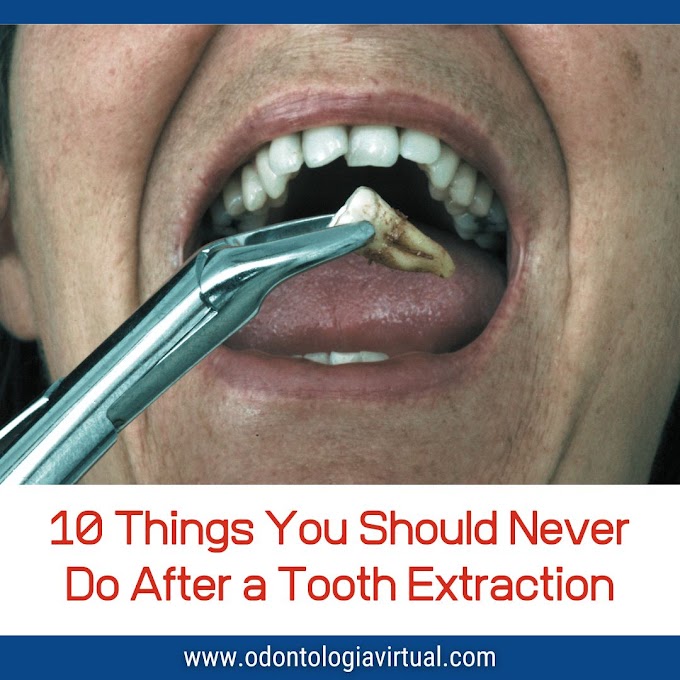In response to mounting scientific evidence and the implementation of the Minamata Convention on Mercury, several countries have introduced strict regulations or outright bans on the use of dental amalgam—particularly in vulnerable populations such as children, pregnant women, and breastfeeding mothers.
The European Union has already banned the use of amalgam in children under 15 since 2018 and will completely phase out dental amalgam by 2030.
Similarly, Norway, Sweden, and Denmark have long prohibited its use in nearly all dental procedures. Countries like Canada, Japan, and Germany have issued precautionary guidelines limiting amalgam use in pediatric cases.
Given this context, dental professionals must adopt safe and effective alternatives, such as resin-based composites and glass-ionomer cements, which offer esthetic benefits, biocompatibility, and fluoride release.
However, replacing amalgam—especially in children—requires strict adherence to safety protocols that reduce mercury exposure during removal.
This step-by-step guide provides an evidence-based approach for safely removing amalgam restorations and replacing them with child-friendly materials, ensuring both clinical success and long-term oral health protection.
► DENTAL BOOK: An Atlas of Dental Caries: A Pictorial For Dental Students and Dentists (2020) - Dr. Nazir A. Mahomed
1. Initial Assessment & Case Planning
✔ Review child’s medical history, allergies (especially mercury sensitivity), and environmental risk.
✔ Explain benefits of resin composite or glass‑ionomer alternatives—highlighting esthetic outcomes, fluoride release, and bonding properties.
✔ Ensure informed consent with parent/caregiver: discuss longevity, maintenance, and potential for bisphenol‑A exposure from certain composites.
2. Isolation & Safety Preparation
✔ Apply rubber dam to confine operative field; reduces mercury vapor exposure.
✔ Activate high‑volume evacuation and copious water spray throughout removal.
✔ Chairside, use large suction combined with saliva ejector, and have the child wear a moist, well‑fitting nasal mask or high-filtration mask.
3. Safe Amalgam Removal
✔ Employ the “chunk technique”: section the filling into large pieces rather than drilling continuously to reduce vapor release.
✔ Avoid using heat-generating tools (e.g., ultrasonic scalers) during removal.
4. Tooth Preparation
✔ Carefully excavate all residual amalgam, ensuring minimal removal of sound enamel and dentin.
✔ Optimize cavity shape and bevel to facilitate effective bonding for chosen restorative material.
► THE HALL TECHNIQUE GUIDE: A minimal intervention, child centred approach to managing the carious primary molar
5. Material Selection: Composite vs. Glass‑Ionomer / Compomer
Composite Resin (Bis‑GMA or UDMA‑based):
✔ Ideal for high‑aesthetic Class I or II restorations.
✔ Consider retention and polymerization; annual failure rates in posterior composites range from 1–3%, comparable to amalgam.
✔ Note: bis‑GMA exposure has been linked to mild psychosocial changes—monitor usage and limit surfaces when possible.
Glass‑Ionomer / Resin‑Modified Glass‑Ionomer (RMGIC):
✔ Excellent for high-caries-risk children.
✔ Releases fluoride and tolerates wet conditions—especially advantageous in uncooperative patients.
6. Placement Protocol
- For Composite:
1. Etch enamel/dentin and rinse thoroughly.
2. Apply bonding agent per manufacturer instructions.
3. Layer composite incrementally; cure each layer adequately.
- For Glass‑Ionomer / RMGIC:
1. Condition dentin; place material in bulk or as liner.
2. Light-cure if RMGIC.
3. Finish and polish after final set.
7. Finishing, Polishing & Oral Care Instructions
✔ Check occlusion and perform necessary finishing.
✔ Polish to a high, smooth gloss to minimize plaque accumulation.
✔ Educate caregivers on fluoride use, oral hygiene, and routine check-ups to monitor restoration integrity.
8. Post‑Operative Follow‑Up
✔ Recall visits at 1 week, 3 months, then every 6–12 months.
✔ Check for marginal integrity, secondary caries, and monitor child's comfort and function.
✔ Reinforce that composite longevity and performance are approaching that of amalgam under proper technique.
Key Scientific Reference
- Dr. Saavi H Punia , Dr. Himanshu Punia. Mercury Amalgam Removal Technique- A Safe Protocol. Heal Talk // March April 2022.
Final Summary
Replacing amalgam in children can be done safely and effectively by combining:
✔ Proper safety isolation,
✔ A mercury‑minimizing “chunk technique”,
✔ And evidence-based use of resin composite or glass‑ionomer materials.
With vigilant follow-up and caregiver education, these restorations provide aesthetic results, fluoride benefits, and growing clinical longevity, all while prioritizing safety for the child and dental team.












